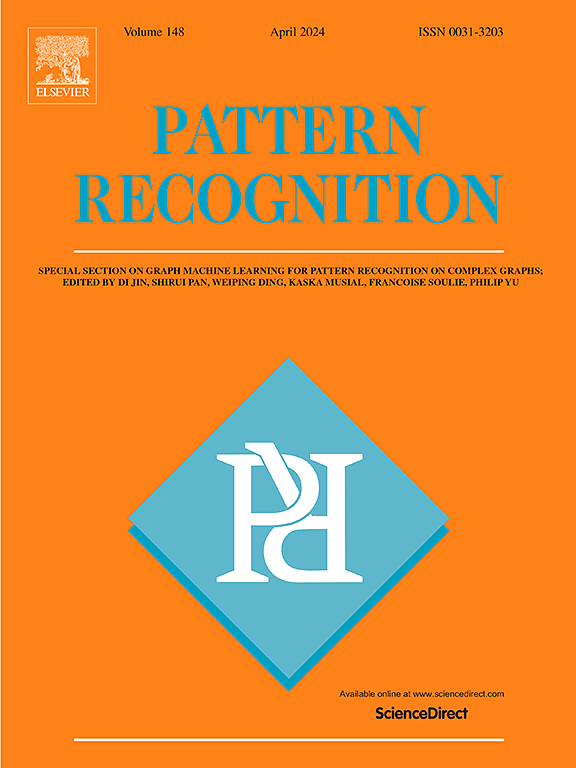Deep multi-view clustering with diverse and discriminative feature learning
IF 7.5
1区 计算机科学
Q1 COMPUTER SCIENCE, ARTIFICIAL INTELLIGENCE
引用次数: 0
Abstract
Multi-view clustering (MVC) has gained significant attention in unsupervised learning. However, existing methods often face two key limitations: (1) many approaches rely on feature fusion from all views to identify cluster patterns, which inevitably reduces the distinctiveness of the learned representations; (2) existing methods primarily focus on uncovering common semantic features across different views while neglecting to promote the diversity of representations. As a result, they fail to fully leverage the complementary information across views, which potentially inhibits the effectiveness of representation learning. To address these challenges, we propose a novel diverse and discriminative feature learning framework for deep multi-view clustering (DDMVC) in a fusion-free manner. Specifically, we introduce a consistency constraint that performs preliminary alignment of low-level features to ensure consistent relationships between samples from different views. Following this, our model leverages contrastive learning to achieve consistency across multiple views and enhances the diversity of multi-view representations by ensuring the embedding vectors of samples within a batch to be distinct and by decorrelating the embedding dimensions (or variables). In this way, the proposed model can preserve the information content of each view at a certain level and reduce redundancy across multiple views, thereby facilitating the exploration of underlying complementarity among views. This approach successfully incorporates dimension independence in contrastive learning and can be easily integrated into other deep neural networks. Extensive evaluations on eight widely used benchmark datasets demonstrate that the proposed approach outperforms several state-of-the-art MVC methods. The code is available at https://github.com/xujunpeng832/DDMVC.
求助全文
约1分钟内获得全文
求助全文
来源期刊

Pattern Recognition
工程技术-工程:电子与电气
CiteScore
14.40
自引率
16.20%
发文量
683
审稿时长
5.6 months
期刊介绍:
The field of Pattern Recognition is both mature and rapidly evolving, playing a crucial role in various related fields such as computer vision, image processing, text analysis, and neural networks. It closely intersects with machine learning and is being applied in emerging areas like biometrics, bioinformatics, multimedia data analysis, and data science. The journal Pattern Recognition, established half a century ago during the early days of computer science, has since grown significantly in scope and influence.
 求助内容:
求助内容: 应助结果提醒方式:
应助结果提醒方式:


